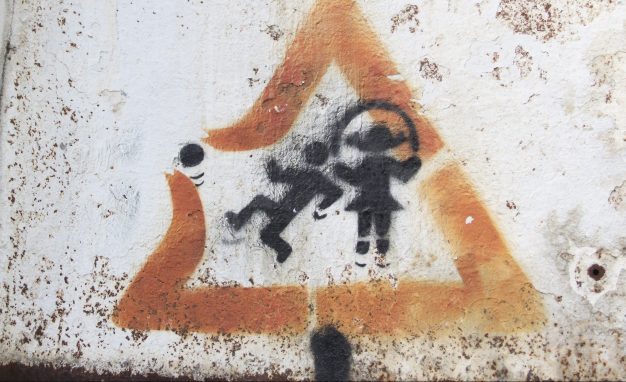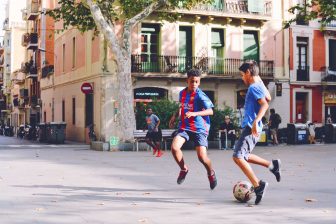
Space for children’s play must be central to a vision for the public realm
Ahead of the forthcoming Child in the City event on Children’s Play in the Urban Environment, in this second of a three-part essay adapted from his book, Policy for Play (2015), Adrian Voce sets out the rationale for serious government commitments to meet children’s vital need for the space and opportunity to play.
A public realm – space, services and culture – that supports the basic needs of all its people must treat the innate and expressed desire of all children to play with at least as much seriousness as it does their anticipated future needs as employable adults.
Indeed, the evidence strongly indicates that these needs are complementary. How, indeed, could they not be? If playing stimulates brain growth, adaptability and emotional intelligence; engenders resilience and creative initiative, develops the child’s sense of self and relationship and enables him or her to practice assessing and navigating risk, how could it not be a fundamentally important aspect of the growth and development that will equip him or her to do well in life and be a valuable member of society?
The best fun they can have
To ask whether children play because of the deferred benefits they seem to derive from it, or simply because it’s the best fun they can have, is the wrong question. The ‘play for its own sake’ versus ‘play for positive outcomes’ argument is a false dichotomy. No child has ever played to improve their future life chances, but there is plenty of  evidence to suggest that, in playing, they do just that. From a policy perspective, however, the distinction is crucial.
evidence to suggest that, in playing, they do just that. From a policy perspective, however, the distinction is crucial.
We know that the optimum conditions for playing are those which support and respond to children’s own initiative, provide them with resources and space to manipulate and explore, and give them permission to be spontaneous and expressive. The real question to ask is to what extent our expenditure on services and spaces for children – and on housing, streets, parks and public spaces for their communities – affords them such opportunities.
A policy for children’s play must aim to address the barriers and cultivate the opportunities for them to be free to follow their own playful nature within the bounds of our need for them to be also safe from serious harm (and there, often, is the rub). Creating space for children to play, and allowing them to enjoy it, must be a fundamental and discreet component of any meaningful policy and strategy for their health, development and wellbeing, and part of any long-term vision for the public realm.
Adrian Voce
Main photo: Sampo Pihlainen
Inset Photo: Adrian Voce
Adrian Voce, as President of the European Network for Child Friendly Cities, will chair the forthcoming Child in the City international seminar on children’s play in the urban environment at Goldsmith’s University of London, on 6-7 November 2017.
The final part of this article will look at specific measures that government’s can take to create more playable, child friendly neighbourhoods, towns and cities.

Policy for Play – responding to children’s forgotten right
by Adrian Voce (with a foreword by Roger Hart)
Published by Policy Press (2015)





